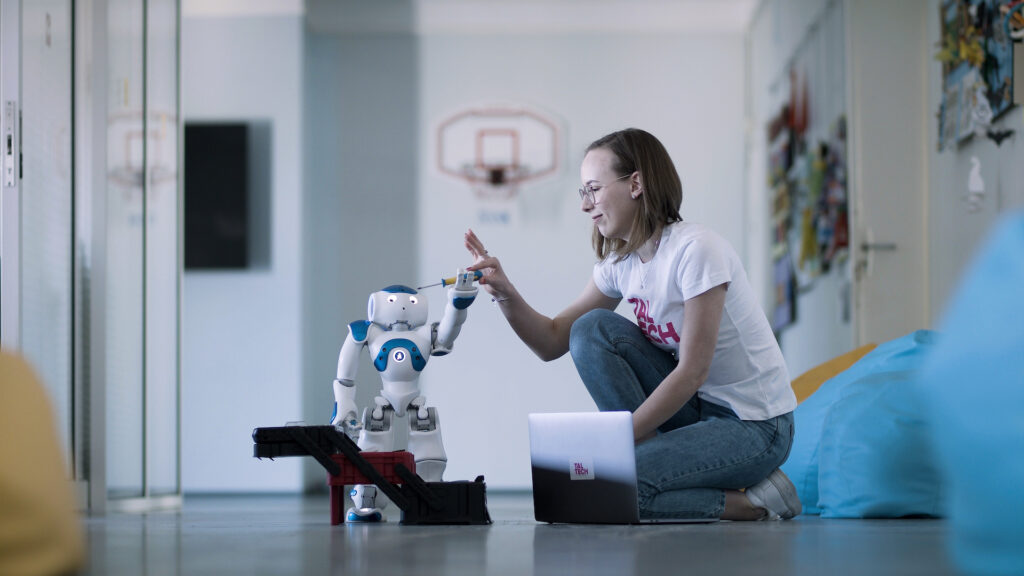The rapid start of the coronavirus pandemic in March 2020 challenged all the fields everywhere in the world – how to adapt to the situation as fast as possible? Estonian higher education experts say it helped foster digital competences and skills.
This article is published in collaboration with Education Estonia.
Hanna Kanep, the executive secretary of Universities Estonia, an umbrella organisation representing the six public universities in the country, said the rapid change speeded up the ongoing developments that would have otherwise taken much more time.
Aune Valk, the Vice Rector for Academic Affairs at the University of Tartu, noted that suddenly, both lecturers and students realised it was possible to study using the web. “Subjects and the studying process became more diverse,” she explained.
Creating personal learning paths
According to Heli Mattisen, the director of Estonian Quality Agency for Education, the pandemic boosted the digitalisation of the country’s higher education system and now it is time to take advantage of that boost to raise both quality and efficiency in the universities.
“The lockdown was very eye-opening and reminded some basics for lecturers – that students have actually very different studying strategies and listening to a lecture for one and half hours may not be the best and only possibility. It was definitely a difficult period but also proved that it’s possible to be flexible,” she said.
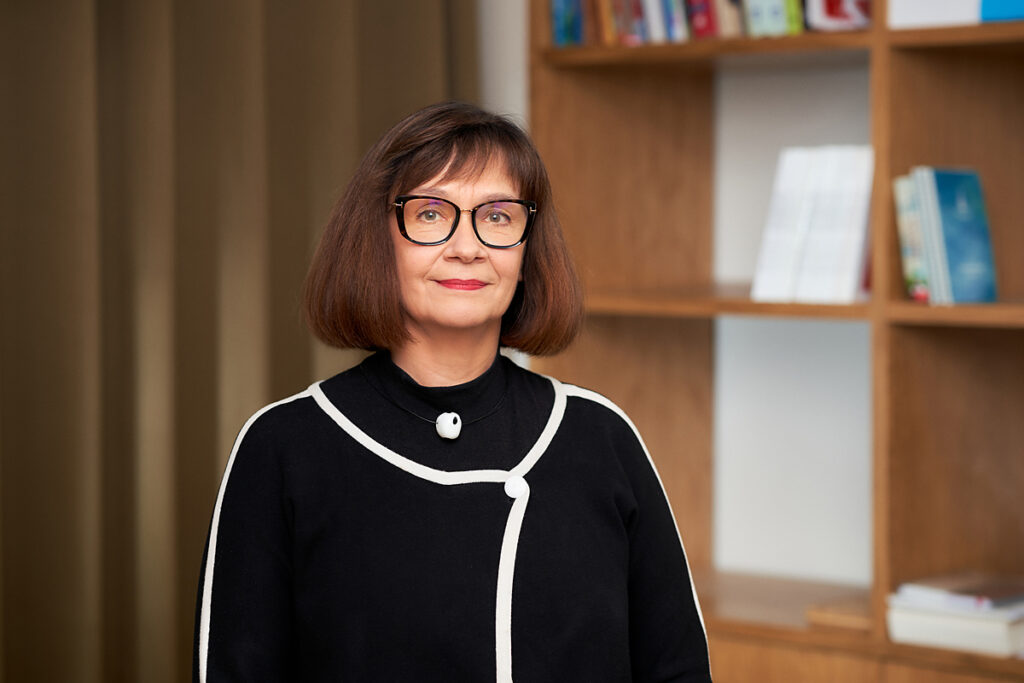
The same flexibility and a personalisation of the learning path has been under discussion in the education scene for several years, Mattisen noted. “We were wondering how students could create their own personal learning paths and achieve the best possible competence. Digitalisation would help get the best from all the new possibilities.”
Mattisen also noted a contradiction between personalisation and nominal time of studies. “At these times, studying and working are intertwined but how could we create the situation where work and studies are really connected and even supporting each other?” she asked, to bring out the problem that sometimes study related obligations at work may interfere with students’ graduation in nominal time.
Micro degrees increase possibilities
Many Estonian universities offer people shorter paid micro degrees – one of the examples of the possibilities to personalise the learning path. The micro degrees have gained increasing popularity among the adult learners.
Good marketing has played its part. “A micro degree sounds just much more attractive than continuing education or an open university subject course although the content may rather not differ,” Mattisen explained.
Aune Valk said the micro degrees enabled some special extra skills for people in a compact way.
Hanna Kanep thinks micro degrees could help to evolve curriculum development which would otherwise be a much slower process that could take many years. “In the development of the micro degree, we can take a logical set of subjects to test whether people can receive the competences they need, and at the same time use the knowledge gained from this development to update already existing curriculum.”
She added that micro degrees had a potential to offer additional specialisation options or even knowledge and skills the universities cannot afford to offer every year, so it should not be seen just as a piece from one speciality.
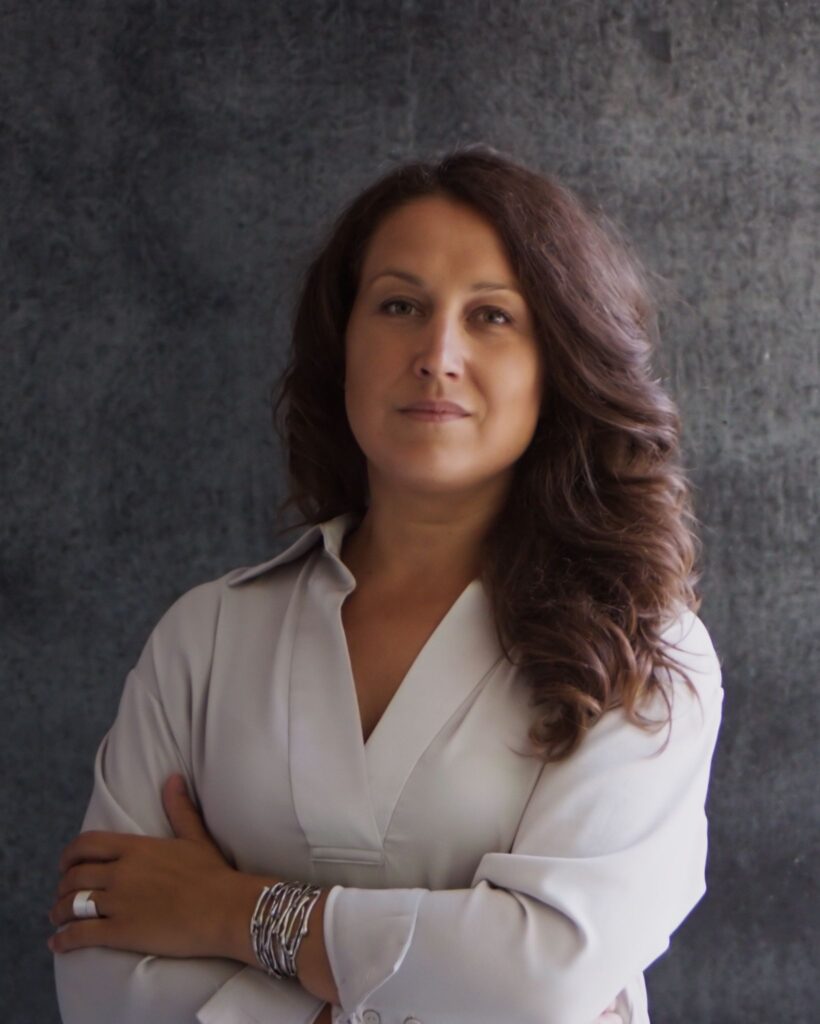
Heli Mattisen emphasised that the system of micro degrees was still in the developing phase. “There are not yet enough self-conducted learners who would fully trust their own choices, and, on the other hand, universities tend to be a bit comfortable offering parts of their curriculums, but it may not meet the real needs of the market, it may not be the best latest knowledge,” she said.
She added that universities have the capacity to offer fresh knowledge by experts, but there is the big challenge – the question of funding to have sustainably enough people to offer the best latest knowledge. “Higher education institutions suffer from a lack of money, salaries of lecturers are not competitive. I imagine that if the salaries will not rise, it is highly likely that the private sector will take over offering micro degrees at some moment.”
Business participation
The latest Estonian governing coalition promises to increase financial support for universities by 15 per cent within the next three years and the possibility of involving private money to increase the financing of higher education to 1.5 per cent of GDP. Additionally, the plan is to support entrepreneurs to encourage them to invest more into higher education.
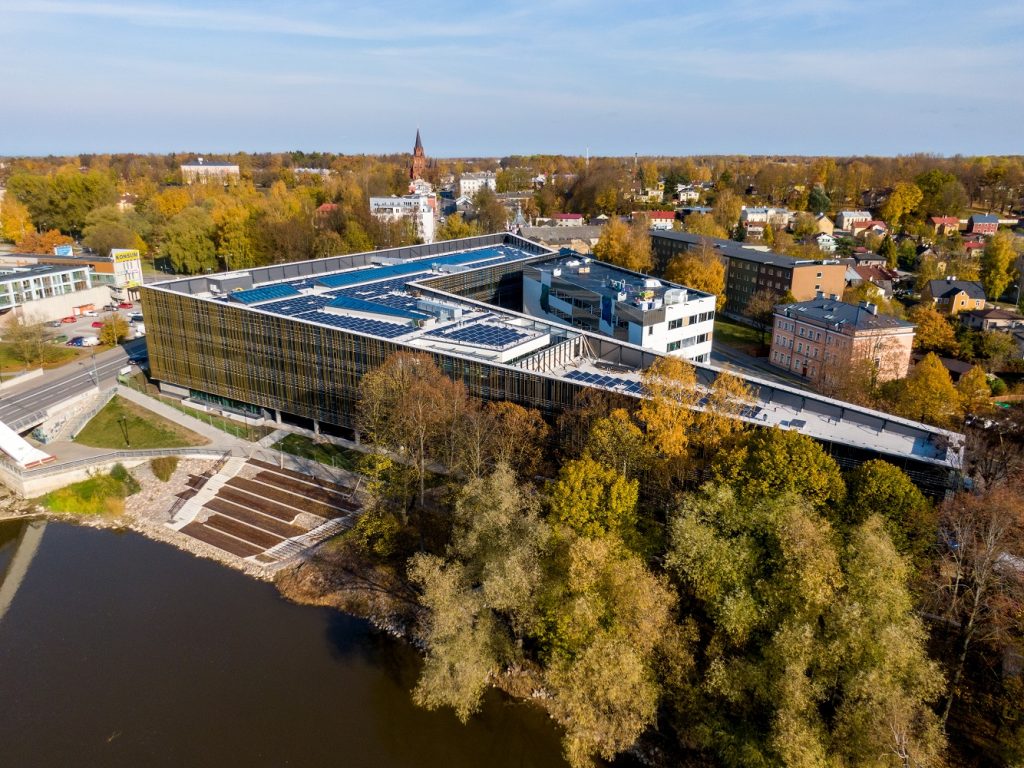
Hanna Kanep said universities were working hard to include the private sector in offering grants for students. According to the Universities Estonia’s data, the amount of these grants in TalTech and University of Tartu has already reached 760,000 euros per year.
But Kanep added that the grants are the tip of the iceberg. More important is the participation by private companies in practice and teaching. In her opinion, the cooperation between business and higher education is necessary to avoid isolation of science and studies from everyday life.
“We have great examples of interdisciplinary projects, such as Solaride – but we also have numerous business practitioners at universities every day giving lectures and seminars. Estonian universities are also active partners in different European university alliances that work together on how to offer international and interdisciplinary experiences to their students,” Kanep noted.
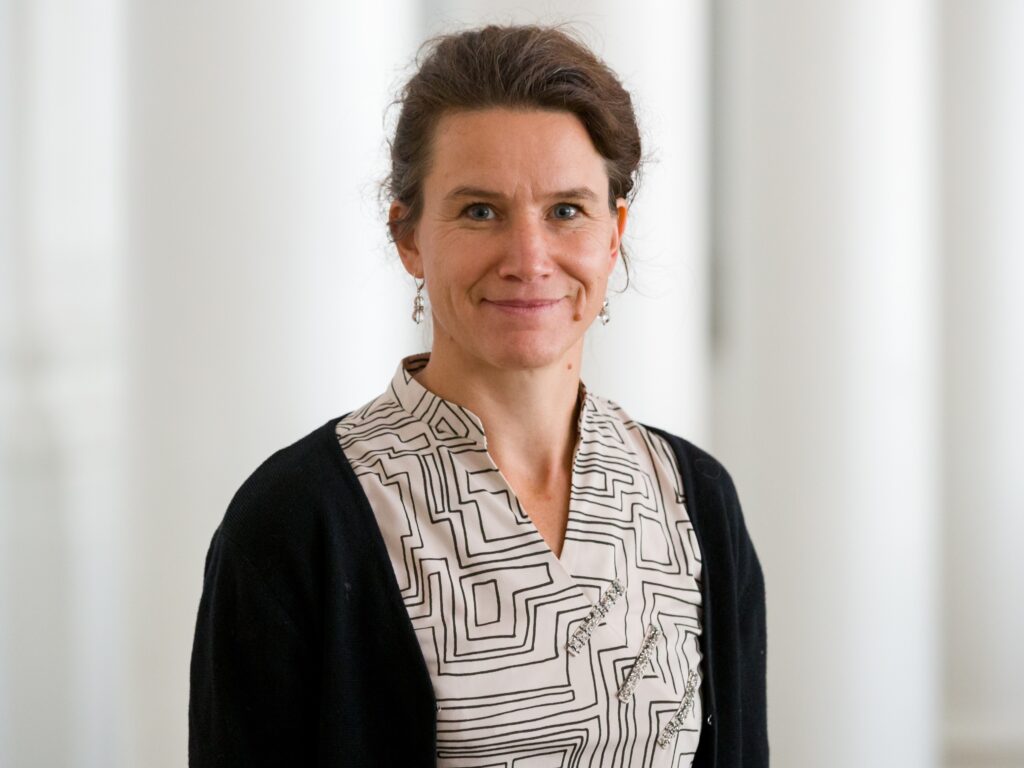
Aune Valk said she was extremely curious on how the next rapid change – a fast development of artificial intelligence affects higher education.
“It has already made some changes and big changes are ahead. So we have to think on how to keep students on track – how to teach them to use AI effectively while also developing skills that are still needed in the future world,” she explained. “We have questions about how to teach, what to teach and how to control it all.”
This article is published in collaboration with Education Estonia.

